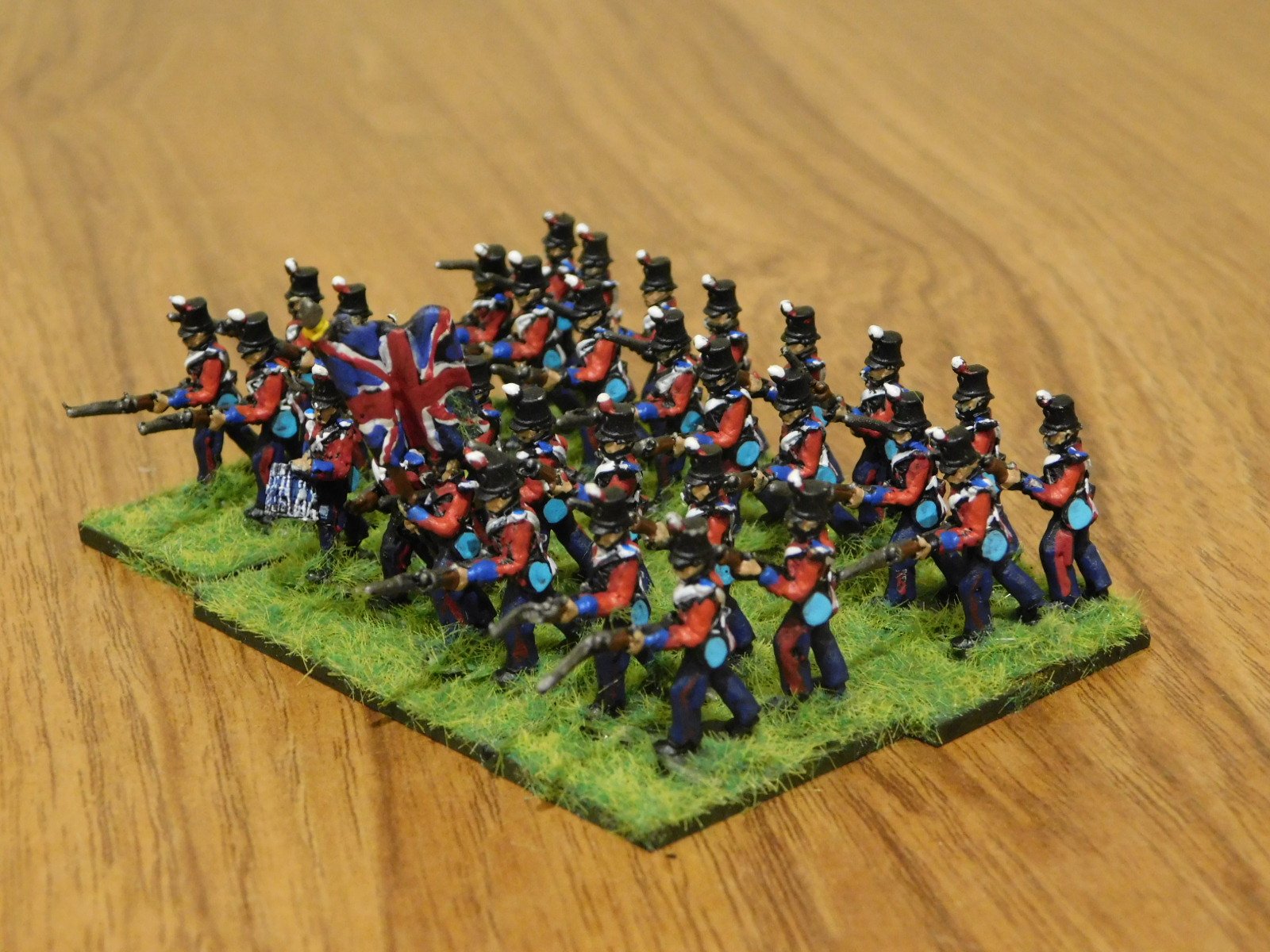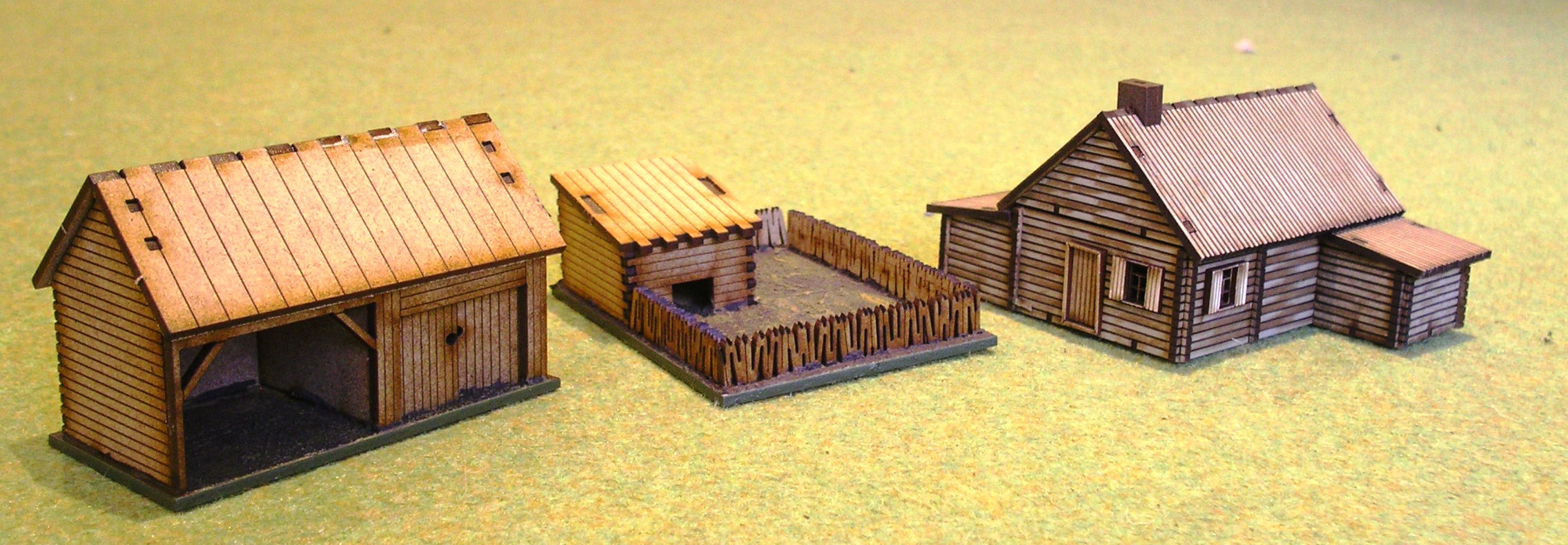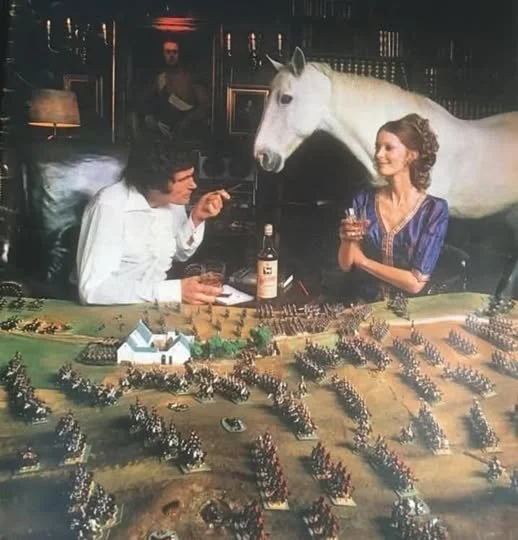Digging into the Lead Mountain
/I was waiting for some new figures to arrive and had a bit of painting time to spare, so I thought I’d bite the bullet and clear some of my lead mountain.
Chosen were some 15mm American Civil War (ACW) infantry to add to an incomplete Confederate army. I’d last worked on the army well before the arrival of Contrast Paints, and hadn’t painted the figures very well, so this was very much a case of smashing out as many “wargames standard” figures as possible as quickly as possible.
The figures are from Essex Miniatures and, as with all Essex ranges, take the paint well even if they are a bit manikin-like sometimes. I painted 88 of the little blighters, in batches of ten, with each batch taking about two hours to do once all the prep work had been done. This is what Contrast Paint is made for!
Here’s a closer look:

























